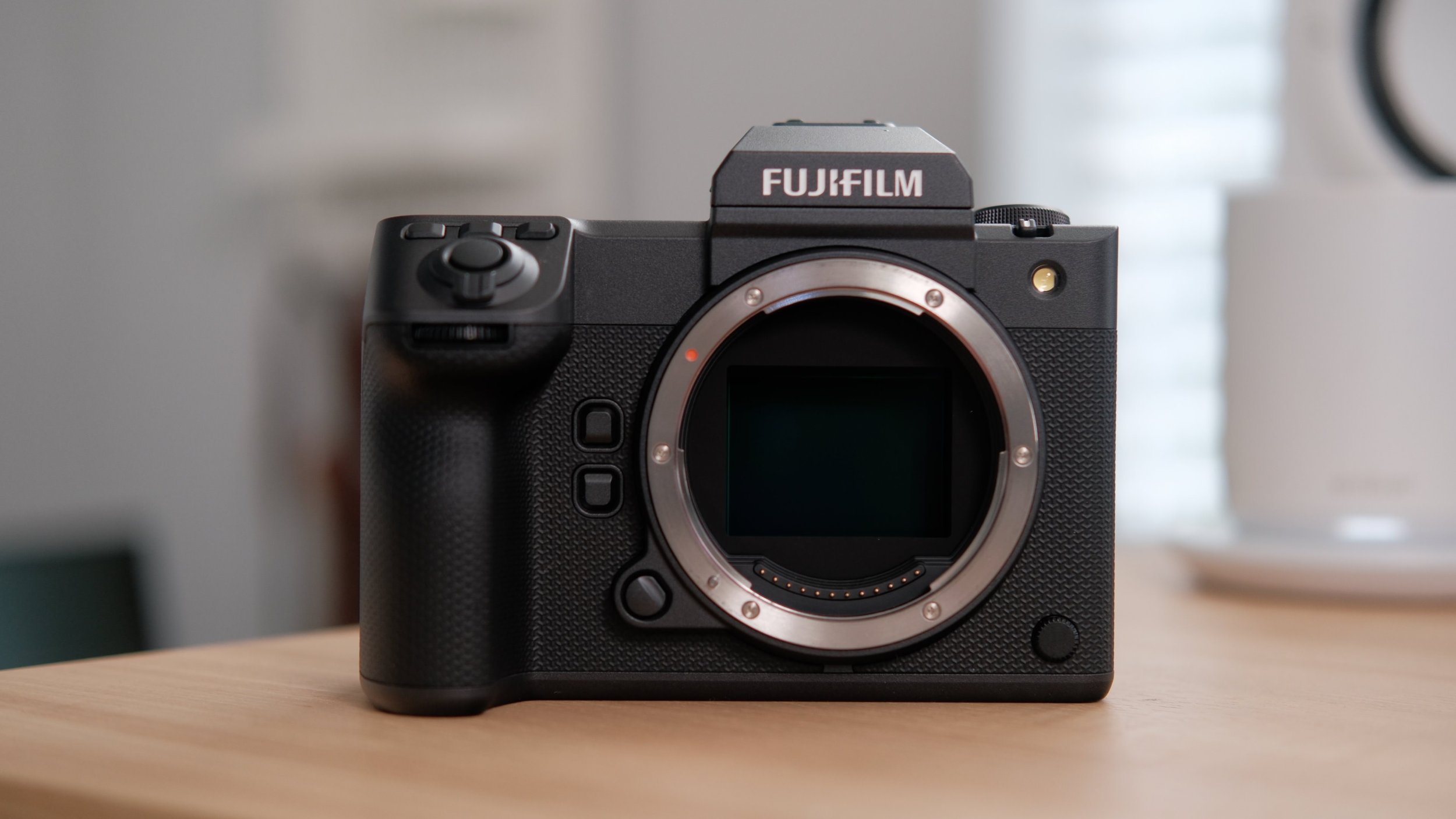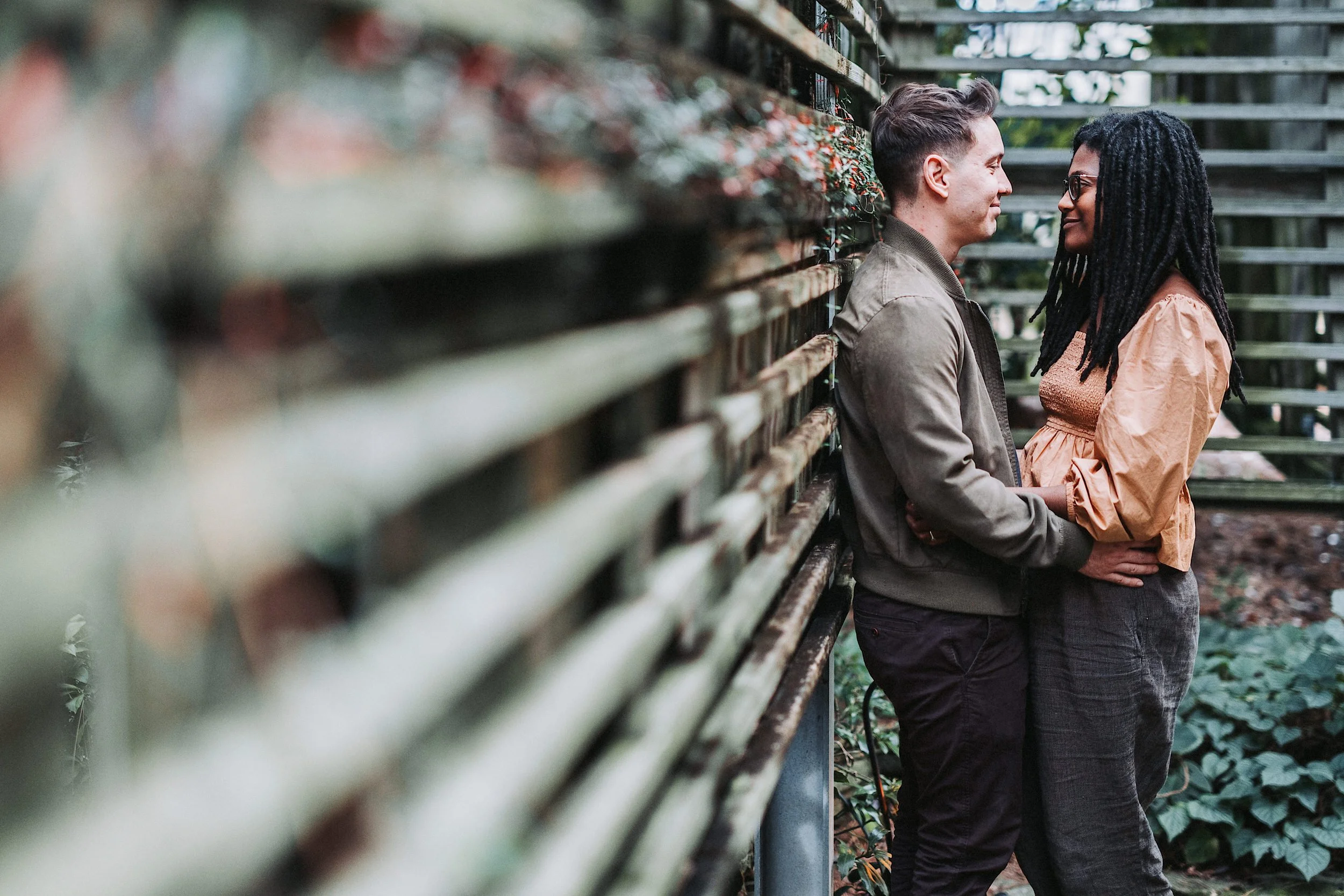Unveiling the Fujifilm GFX 100 II: A Wedding Photographer's Perspective
I recently decided to upgrade my Fujifilm GFX 100s to the brand-new GFX 100 II because of Fujifilm's claim that it's much faster. As a wedding photographer, speed is crucial to my work. A camera that can't keep up with my approach and the intensity of a wedding day is unacceptable. The medium format brings huge files, which makes the camera slower overall. But I'm glad to say that the Fujifilm GFX 100 II is perfect for weddings and delivers great results as a medium-format camera. Let me share my experience with the 100 II as well as some amazing photos.
Fujifilm GFX 100 II
PRICE AND BUILD
If you're not familiar with the GFX 100 II, it's a medium format camera with a 102-megapixel sensor and a price tag of $7,500. What's special about this camera is its large sensor, which produces photos with a unique look that can't be matched by other cameras. The build quality is solid, and it feels like a professional camera in your hands. While there are a couple of quirks, such as the SD card door having a little give and the viewfinder having a slight wobble, overall, I'm very happy with the build of this camera.
I really love the camera's layout and the amount of buttons and customization it offers. Despite not having a "d-pad," the buttons on the top, front, and back of the camera make it a customization powerhouse, allowing me to quickly adjust any settings I need during a fast-paced wedding shoot. Additionally, Fujifilm cameras have a consistent menu layout across different camera models, so if you're switching from an X-T or X-H series to the GFX, you will feel right at home. But let's talk about my actual shooting experience with the camera.
Fujifilm GFX 100 II Back Button Layout
Fujifilm GFX 100 II In Hand
REAL PHOTO SESSIONS
I first used the GFX 100 II for an engagement session. At this session I decided to use the camera in conjunction to my X-T5. For my lens choices I used the GF 55 f1.7 and the GF 80 f1.7. These are hands down two of my favorite lenses and the ones I use the most on my 100 II.. I shot the GFX 100 II in it's normal aspect ratio with 14bit color and used the X-T5 as my wide lens camera when I needed it. At an engagement session the GFX was easy to use. I have the time an control needed in these types of sessions to do whatever I want and not have to worry about speed as much. Because of this what stood out to me most was the focusing speed and the image quality. I LOVE how the GFX 100 II images look and I don't think anything will ever beat it.
All GFX 100 II Images at JC Raulston Arboretum
After a successful engagement session, I received the opportunity to second shoot a wedding with Yaseli Olivera. This was the perfect chance for me to test how the GFX 100 II performs in a wedding setting. I used the same gear as I did for the engagement session, which was the GFX 100 II and the X-T5. To save on file size and maintain the aspect ratio of all the photos, I shot the GFX in 35mm mode.
Shooting with the GFX 100 II at a real wedding was a joy, and it was the first time I got to see its full potential. It felt more comfortable and capable than the GFX 100s I've used before for weddings. It reminded me of the X-T2, an older X-T series camera. With that, I knew I could confidently use the GFX 100 II as my main wedding camera. As for my wide-lens camera, I used the X-T5, and it went along with the GFX 100 II perfectly. I was amazed at how well they complemented each other. The quality of Fujifilm cameras shines through all their bodies, and since a wider perspective generally gives less bokeh, the smaller sensor of the X-T5 fit well for wide shots.
Here's a compilation of images from the wedding where I second shot, which includes both GFX 100 II and X-T5 images. Ideally, this will be the camera combo I use going forward.
GFX 100 II + X-T5 Photos at Timberlake Earth Sanctuary
Having already photographed two sessions, including one wedding, it was time for me to shoot a full wedding using only the GFX 100 II. To ensure I had the necessary equipment, I rented a second body from Borrowlenses, my go-to place for equipment rentals. Although I mainly work as a Raleigh Wedding Photographer, I frequently travel for my weddings, and this one took me to Atlanta, GA.
For my lens setup, I used the 55mm f1.7, the 80mm f1.7, and the 110 f2 for added reach. I primarily shot with the 55mm and 80mm lenses, and once again, the GFX camera proved to be a DREAM to work with. It held up flawlessly throughout the entire wedding day and performed exceptionally well in low-light situations. During the reception, I did notice the camera was a little slow, and I encountered some autofocus issues with the 80mm lens. However, this minor setback didn't prevent me from capturing amazing photos. Here is a selection of all GFX images I took at this wedding. The image quality from the GFX 100 II truly is something else.
Fujifilm GFX 100 II Wedding Photography edited with the Natural Feels Preset
CONCLUSION
After thoroughly testing the Fujifilm GFX 100 II, I can confidently say that the camera is not only faster but also much more suitable for weddings than any other GFX cameras before it. If Fujifilm continues to develop their cameras in this direction, they could soon make medium format cameras a popular choice for photographers, which would greatly benefit the image quality. Additionally, it offers a massive amount of room for cropping, which is always welcome. If you're considering purchasing this camera, I would highly recommend it. You can find it at B&H and review all of its technical specifications. Also, check out my video where I share my experience with the GFX 100 II.
DISCLAIMER: This post contain affiliate links, which means that if you click on one of the product links, we’ll receive a small commission.







































